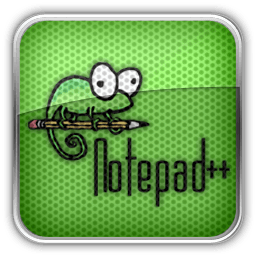
If you use an editor professionally for development and don’t mind paying for extra features, you might also want to check out Sublime Text ($70) and UltraEdit ($99.95). Notepad2 and Metapad are both freeware favorites that work with the technique we’re describing in this article. There are a ton of great Notepad replacements out there. Step One: Choose a Replacement Text Editor RELATED: How to Use Notepad to Create a Dated Log or Journal File Sure, you could always just install one and use it like any other app, but we’re going to show you how actually replace Notepad so that your preferred text editor becomes the default tool when you-or any app- opens text files or calls on Notepad from anywhere in the Windows interface. And most of them are just as fast and easy to use as Notepad.

There are plenty of alternatives out there that add things like tabs, highlighted syntax, autocompletion, bookmarks, and customizable interfaces. The problem is, as text editors go, Notepad is really basic. Notepad has been the standard text editor included with Windows for many years. Programmers and developers use them as one of their basic editing tools.

They’re fast and easy to use for simple things like taking fast notes, keeping a dated log or journal file, or editing the odd configuration or even HTML file. It’s fine as a basic text editor, but if you’d like to replace it with something a bit more powerful, then read on. Notepad is a Windows staple that hasn’t really changed in years.


 0 kommentar(er)
0 kommentar(er)
